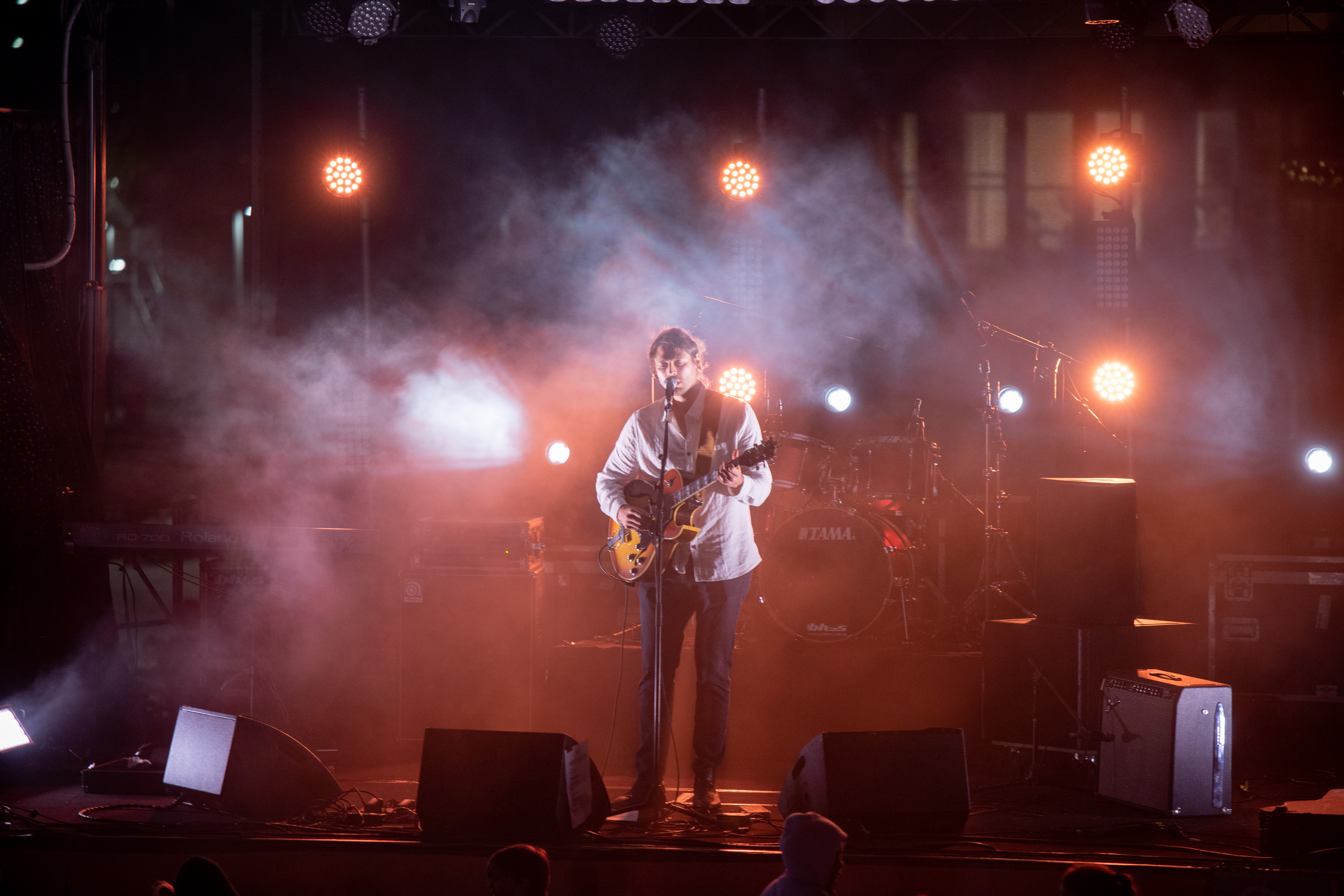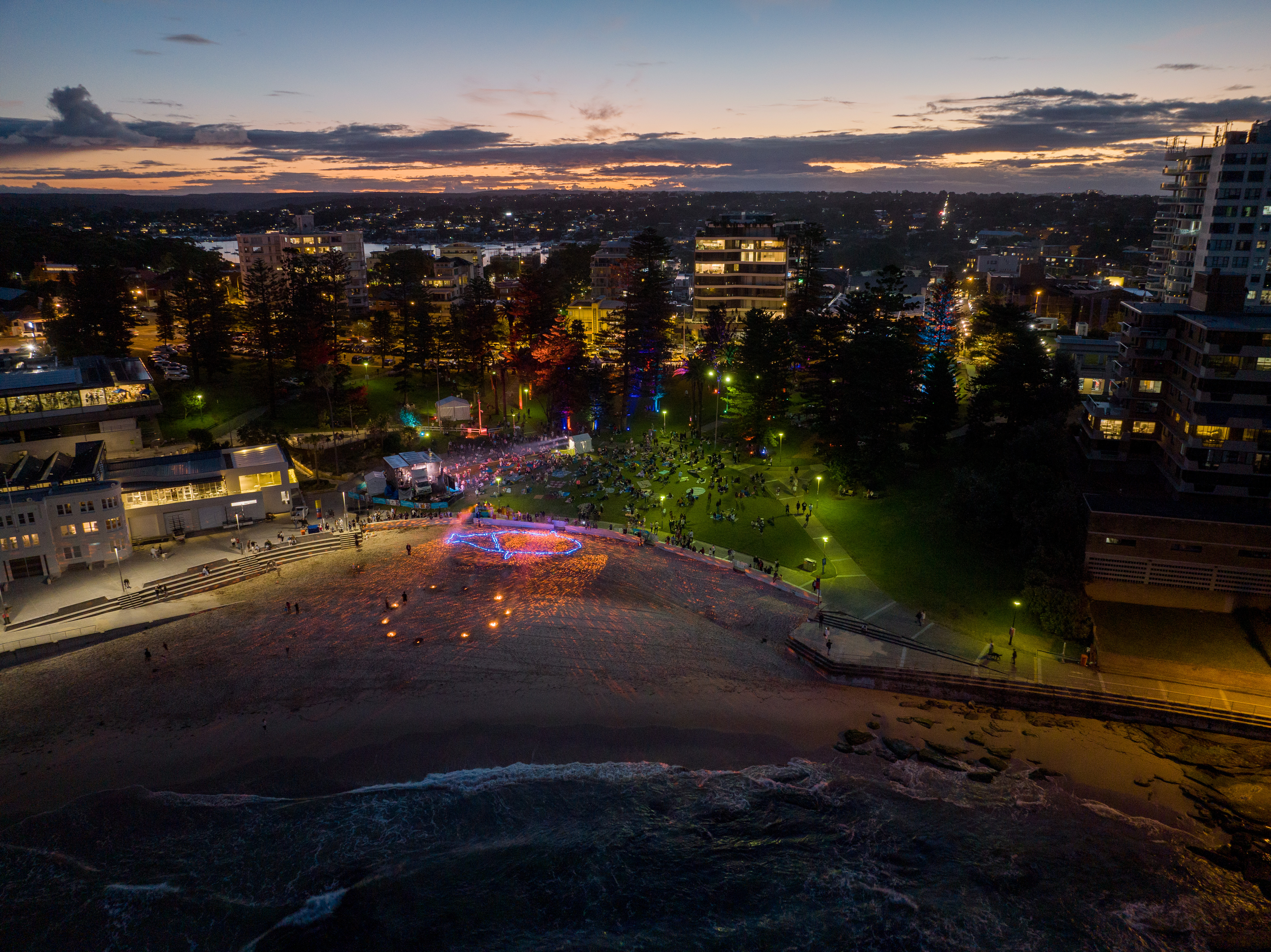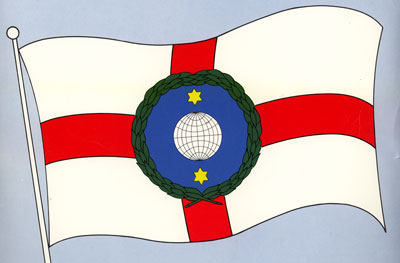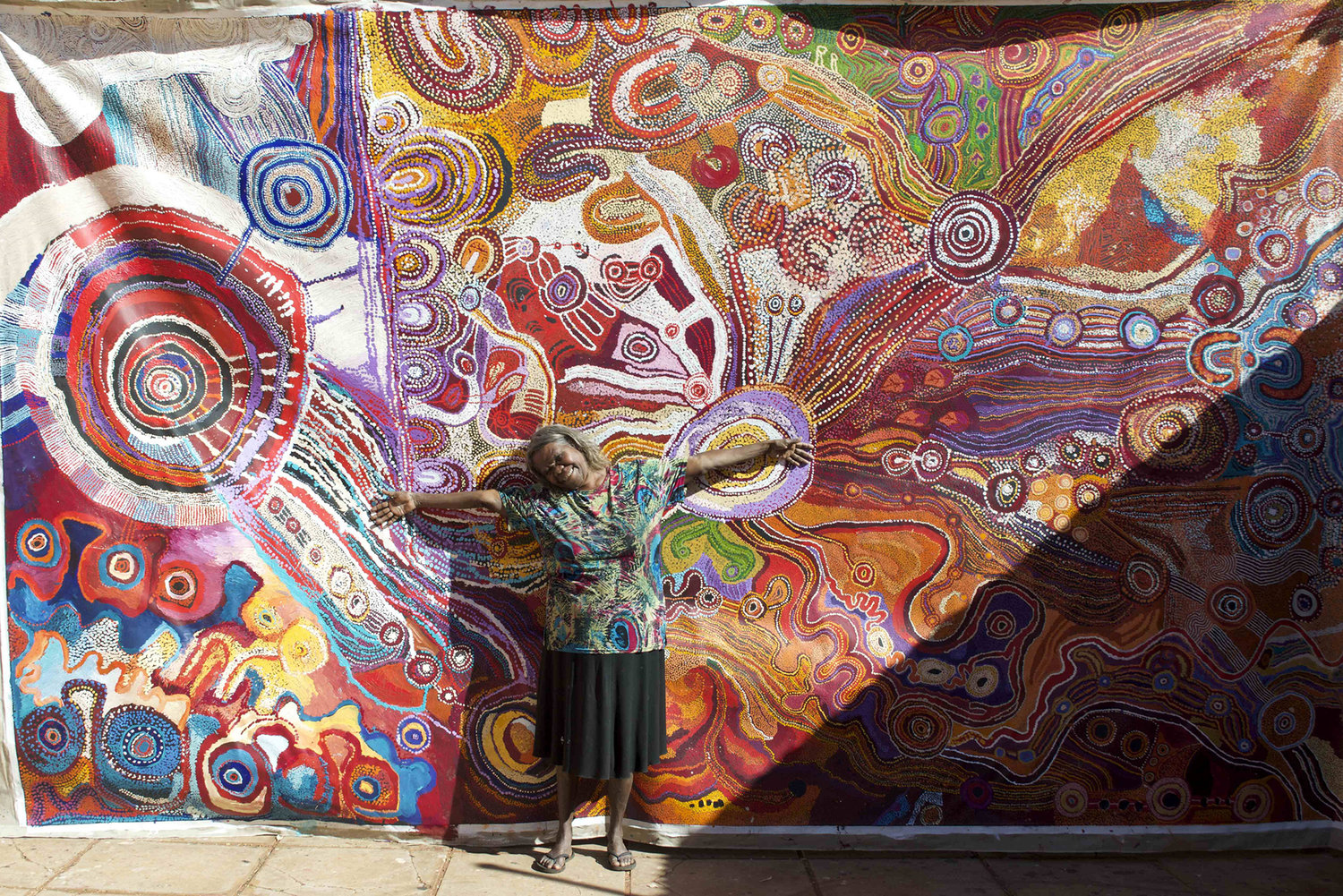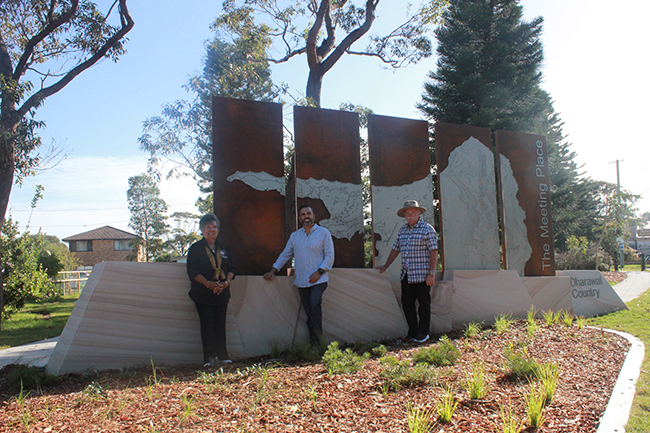Sutherland Shire is Dharawal Country. Bordered by the east coast of Australia, the Royal National Park, and Georges River, it is a place of abundant natural beauty and a place that holds national historical significance.
From around 65,000 years ago, the ancestors of Aboriginal and Torres Strait Islander peoples migrated into Australia from the north. At the time, there was a single land mass taking in New Guinea, Australia and Tasmania because the sea levels were much lower than today. Over the successive millennia, the people moved over the entire continent, including Tasmania.
The area that is now known as the Sutherland Shire was populated by clans of the Dharawal language group. Dharawal lands stretched from the southern shore of Kamay Botany Bay and along the Georges River, to as far south as the Shoalhaven River and west from Menai down to about Moss Vale.
Of the clans within Sutherland Shire, we know most about the Gweagal clan, who have been described as the most prominent of the clans in the area. The Gweagal (the people of the Gwea) occupied the southern shore of Botany Bay, which we now refer to as Kamay Botany Bay - in recognition of its original name, Kamay (or Gamay) – and to this day, descendants of the Gweagal still call Sutherland Shire home.
Families of the Gweagal were hunting and fishing at Kurnell prior to the arrival of Europeans. On 29 April 1770 Lieutenant (later Captain) James Cook, on his first voyage of scientific exploration, anchored His Majesty's Bark (HMB) Endeavour in Kamay Botany Bay.
Unknowingly to the Gweagal and Lieutenant Cook, Kurnell was destined to become the site of the first meeting of the Aboriginal people of the east coast of Australia and Europeans. It is this event that is acknowledged in Sutherland Shire on 29 April every year during the Meeting of Two Cultures ceremony.
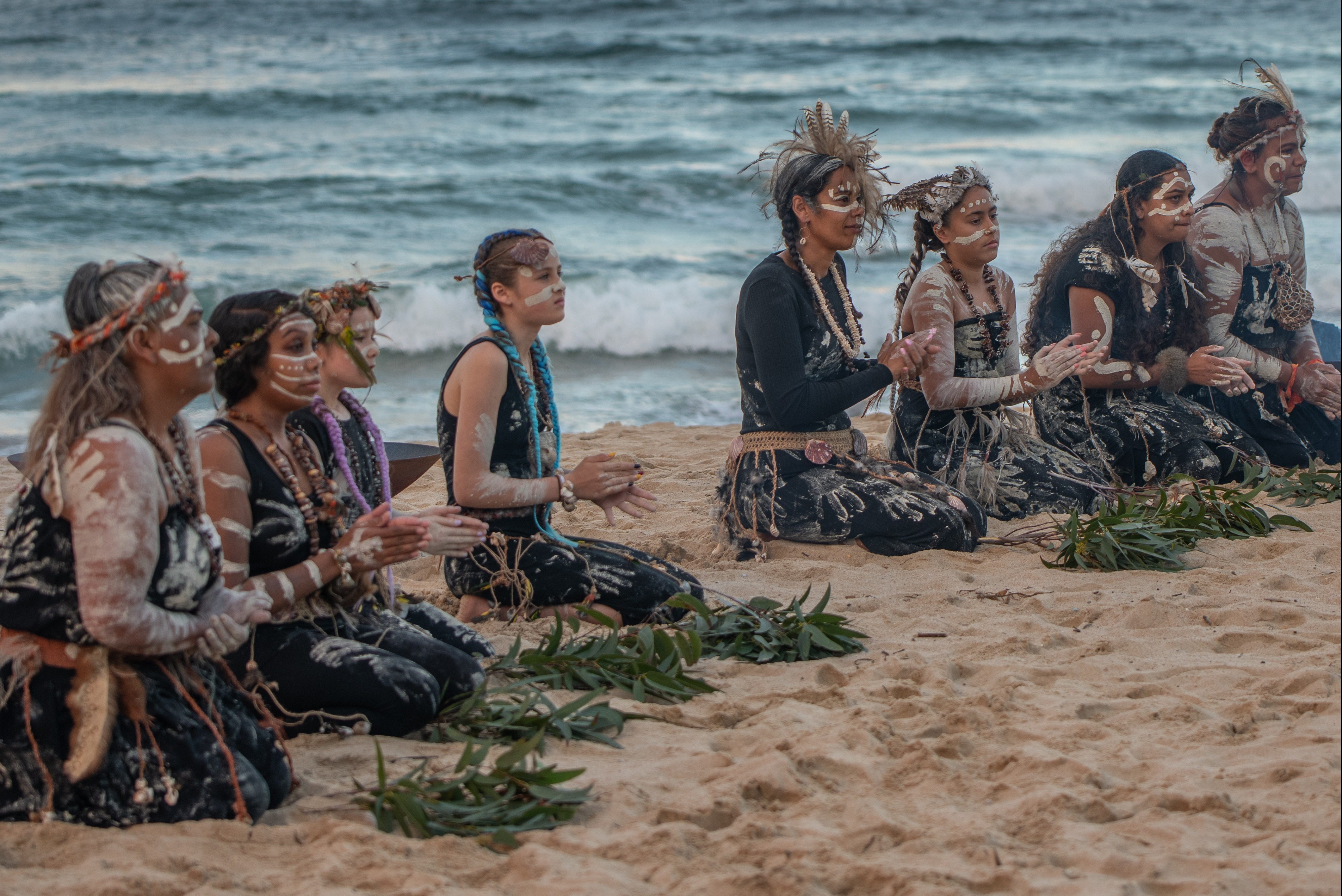
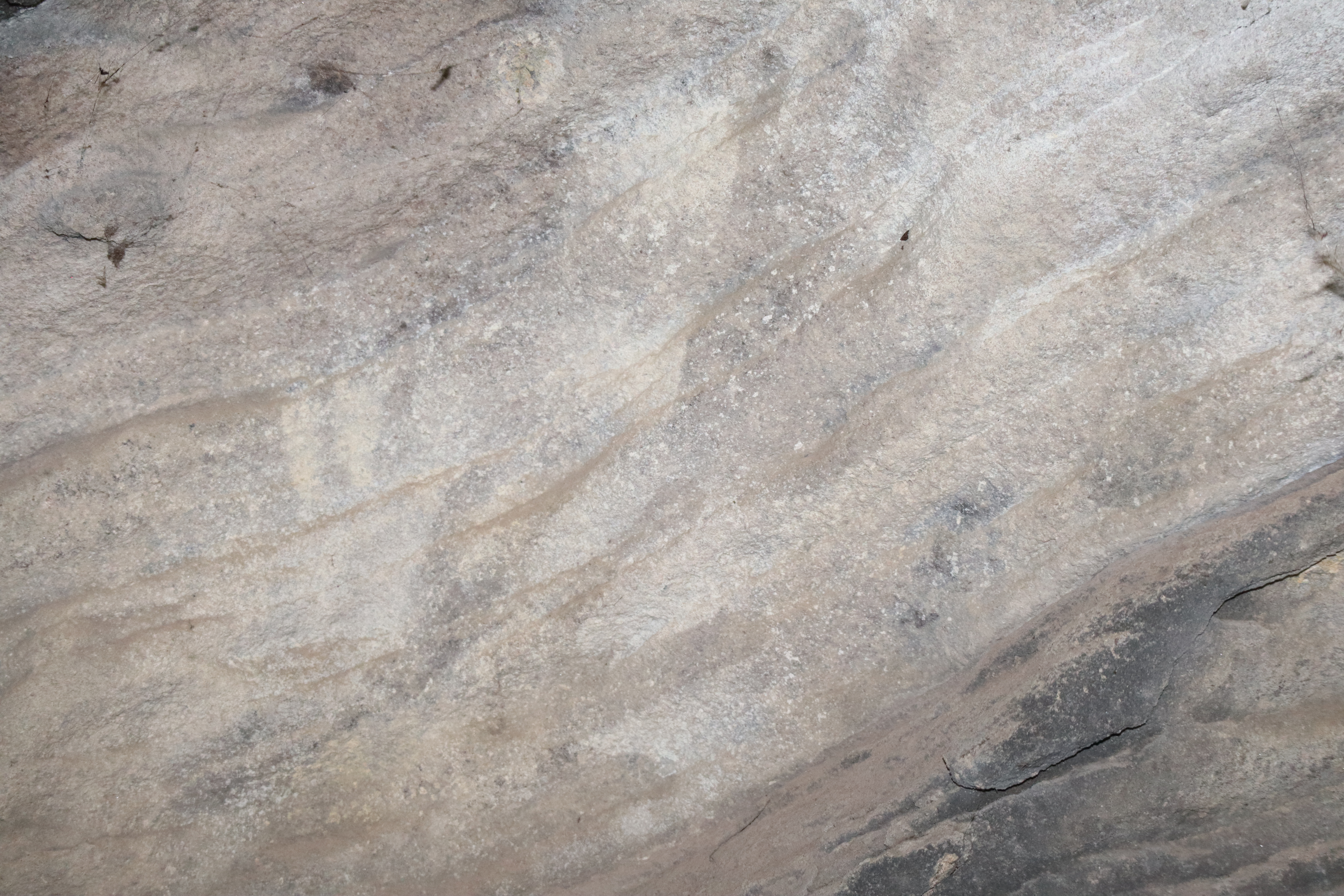
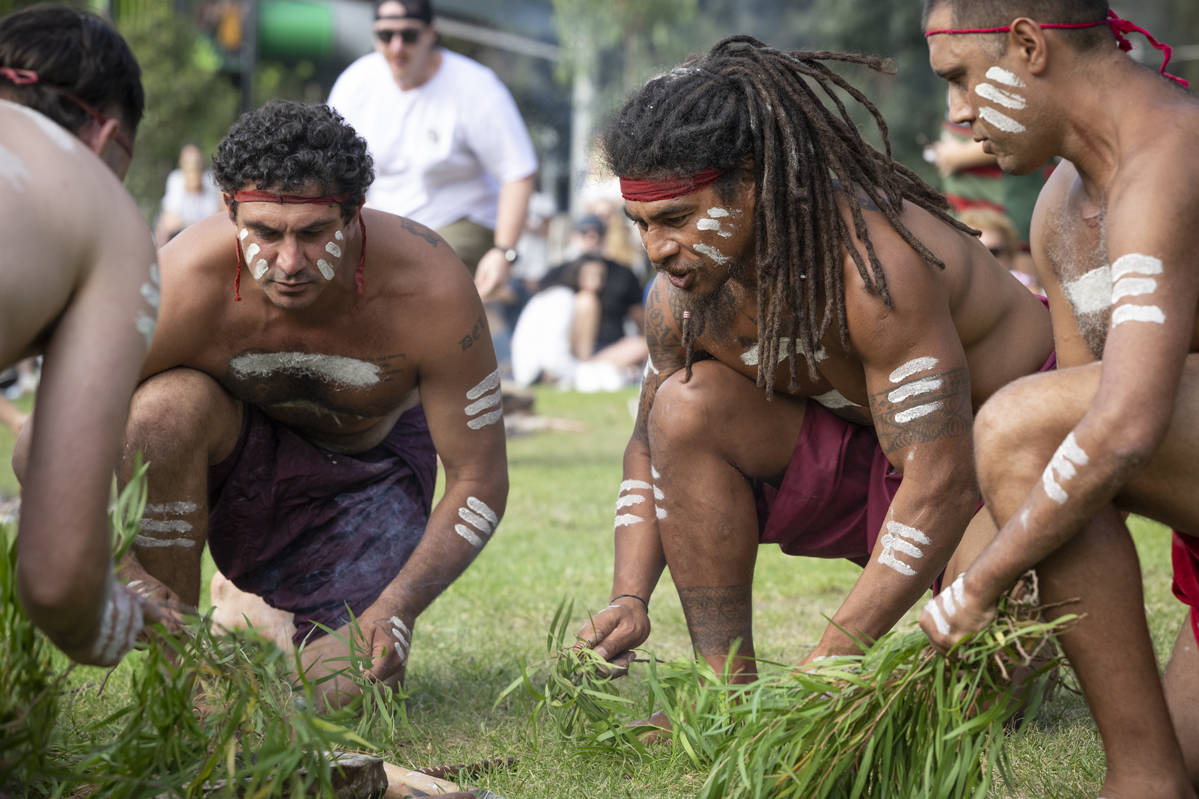
A brief history of Council's on-going relationship with First Nations people
| From around 65,000 years ago |  | The Australian Aboriginal people migrated into Australia from the north. At the time, there was a single land mass taking in New Guinea, Australia and Tasmania, because the sea levels were much lower than today. Over the successive millennia, the people moved over the entire continent, including Tasmania. To read more visit our Libraries History webpage. |
| 1770 |  | His Majesty’s Bark Endeavour, on a voyage of scientific discovery, sailed into Kamay Botany Bay. To read more about the story of this ship, visit the Australian National Maritime Museum. |
| 1795 and 1796 |  | Two young British naval adventurers George Bass and Matthew Flinders made fleeting explorations south of Port Jackson to the Georges River, Port Hacking and the Illawarra in their small boat ‘Tom Thumb’. |
| 1861 to 1875 |  | Thomas Holt, a wealthy business man acquired the Sutherland Estate over a period of 12 years and built a sandstone obelisk at Kurnell in 1870 to commemorate Cook’s landing. |
| 1885 |  | A rail line was opened to Sutherland crossing the Georges River at Como. Visitors from Sydney flocked by train to Como Pleasure Grounds and beyond. |
| 1879 |  | The National Park was established, the first in Australia and second in the world. In 1955 the prefix Royal was added after a visit by Queen Elizabeth, the preceding year in 1954. |
| 1906 |  | Sutherland Shire Council was formed and Lieutenant James Cook’s bust featured in the logo. |
| 1929 |  | The Sutherland Shire flag was designed to recognise Lieutenant James Cook and the significance of the HM Bark Endeavour landing at Kurnell.
|
| 1987 |  | Sutherland Shire Council was asked to take over the event management of what was known as the Cook Commemoration in 1987 and has been running the event for the past 30 years. The name was replaced with a more appropriate title, The Meeting of Two Cultures and over the past ten years, the Aboriginal Advisory Committee have been closely involved in the development of the program. |
| 1994 |  | Kurranulla Aboriginal Corporation was formed. Sister City Relationship with Jawoyn Northern Territory established. Official Opening of the public artwork Sutherland: Pemul Djalaringi "The Earth Belongs To All Of Us". |
| 1995 |  | The Aboriginal and Torres Strait Islander Target Plan, produced by Sutherland Shire Council is adopted by Council. |
| 1998 |  | Council’s Aboriginal Advisory Committee is established. |
| 2000 |  | Various murals are coordinated by Kurranulla Cultural Planning and Events group at Gymea High, St Patricks College Sutherland, Miranda Kindergarten. |
| 2001 |  | NAIDOC celebrations commence. |
| 2002 |  | Australia’s National Anthem with an additional verse in Aboriginal language is created by Jaky Troy in collaboration with Kurranulla and Council. Appointment of trainee in Council’s Cultural Planning Unit as Aboriginal Cultural Coordinator. Council creates the Elsa Dixon Aboriginal Program Scholarship. Festival of the Sails (now the Kurnell Festival) concert featuring a dedicated Aboriginal cultural performance. |
| 2003 |  | In collaboration with the Aboriginal Advisory Committee, a Reconciliation Statement is written and endorsed by all Sutherland Shire Councillors. |
| 2006 |  | Centenary of Federation - Faces of the Shire. Included prominent Aboriginal members of the community, Merv Ryan, Burnum Burnum, David Peachy. |
| 2007 |  | Opening of Burnum Burnum Sanctuary Woronora. |
| 2008 |  | Official opening of public artwork "The Whales of the Gweagal People", a tiled mosaic water feature at Peace Park, Sutherland. NAIDOC Week celebrations in Sutherland Shire now planned in collaboration with Kurranulla Aboriginal Corporation. Lines in the Sand: Botany Bay Stories from 1770 is exhibited at Hazelhurst Arts Centre. In this ground-breaking exhibition curated by Ace Bourke, colonial, contemporary and local artists responded to the events of 1770 and 1788 while reflecting on a pre-1770 Aboriginal existence and its subsequent loss and how Aboriginal voices are being inserted back into the Australian narrative. |
| 2009 |  | Adoption of Aboriginal Cultural Practices and protocol guidelines for Sutherland Shire Council and Community events, including the inclusion of the Welcome To Country and Acknowledgement of traditional land owners. |
| 2016 |  | Award winning exhibition Nganampa Kililpi (Our Stars): - Art from the Anangu Pitjantjatjara Yankunyjatjara (APY) Lands, is held at Hazelhurst Arts Centre. Developed by Hazelhurst in partnership with the artists and art centres of the APY Lands, the exhibition is the first major survey of their work to be held in Australia.
|
| 2018 |  | Weapons for the Soldier: Protecting Country, Culture and Family opens at Hazelhurst on 11 November 2018 to acknowledge the centenary of armistice day. The exhibition was initiated by the young men of the APY Lands and as first Anangu-curated exhibition involving non-Indigenous artists, it marked a historical moment in the Western Desert Art movement. Developed in partnership between Hazelhurst Arts Centre, the artists and art centre of the APY Lands and the APY Art Centre Collective the exhibition is currently touring nationally until early 2022. |
| 2019 |  | Annual NAIDOC celebrations at Gunnamatta Park have grown to be one of largest in NSW. Council hosts the ‘Whales of the Gweagal’ community event at Oak Park, Cronulla in October 2019. Aunt Deanna Schreiber, Chair of both Kurranulla Aboriginal Corporation and Council’s Aboriginal Advisory Committee, shared a story of the ‘Whales of the Gweagal’. The whales from this story are depicted in ancient rock engravings located across the bay on Jibbon headland, and new interpretive signage unveiled at the event now shares this story. |
| 2020 |  | The 250th Anniversary of the original meeting of two cultures, marking the arrival of the HM Bark Endeavour ship arriving at Kamay Botany Bay, Kurnell. New Kurnell gateway signage installation unveiled, created in consultation with a range of stakeholders including the Aboriginal Advisory Committee, and Kurnell Progress and Precinct Residents Associations. The gateway installation commemorates Kurnell’s prominent role as the place of first contact between Lieutenant Cook, the crew of the HM Bark Endeavour and members of the Gweagal clan who were living on the southern side of Kamay Botany Bay in 1770.
Unfortunately, a range of events planned for the 250th anniversary were unable to go ahead due to the COVID-19 Public Health Orders to ensure safety of the community. Sutherland Shire Libraries announces a new category in the 2020 Literary Competition and commences the creation of a new interactive educational app, with a range of local history stories to be launched later in the year. |
| 2022 |  | Fire Stories – Country, Clan & Culture event took place at Cronulla Park, Cronulla beach on Saturday, 23 April 2022. Internationally renowned digeridoo player and composer, William Barton, headlined theinspiring program of live music, dance and cultural workshops.. The free, major concert and cultural program was presented by Sutherland Shire Council in partnership with the Gujaga Foundation and La Perouse Local Aboriginal Land Council. It offered a night of sharing and celebrating First Nations culture through song, dance, art, workshops and storytelling and pays tribute to Dharawal Country and its people. |

